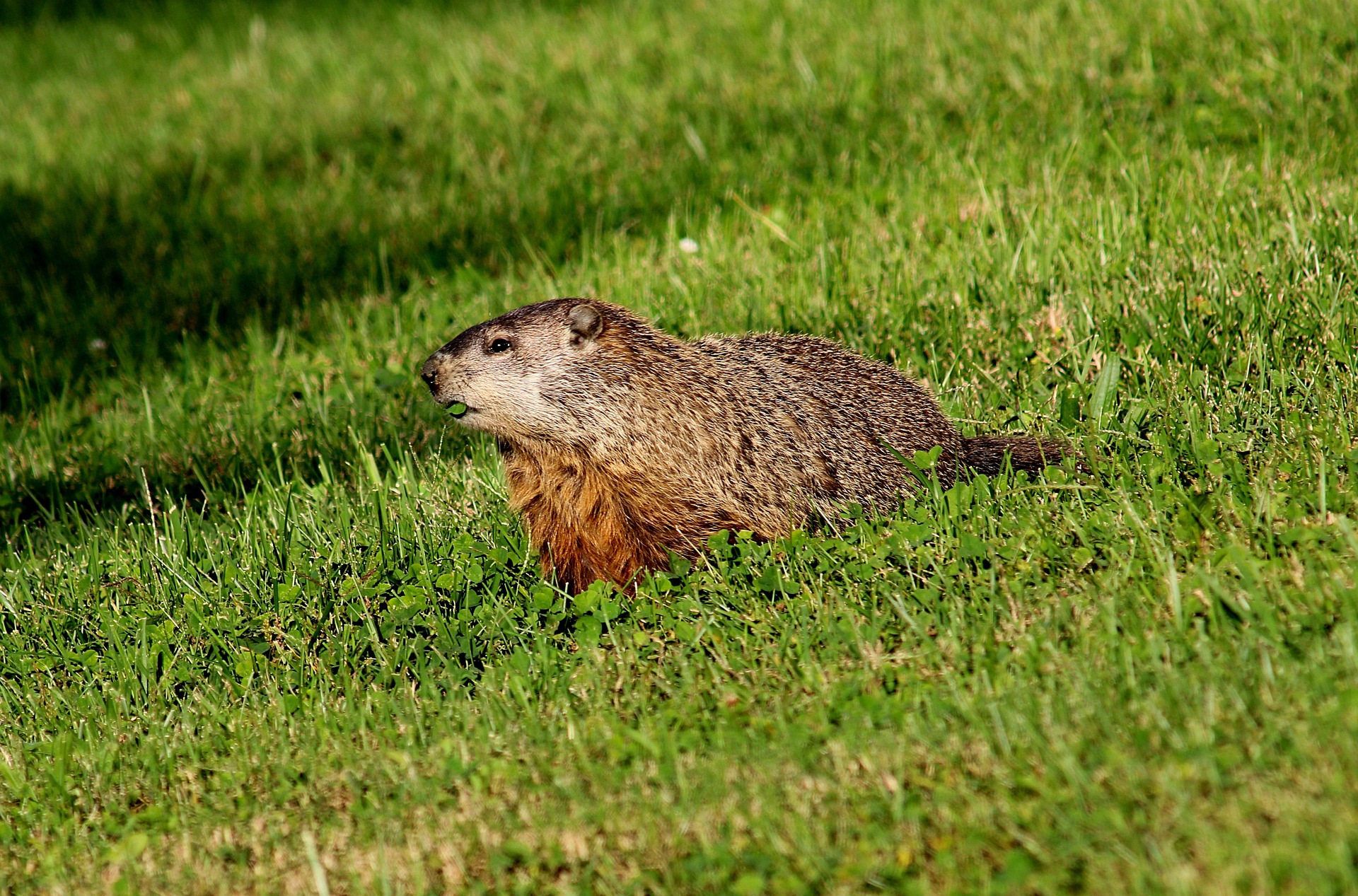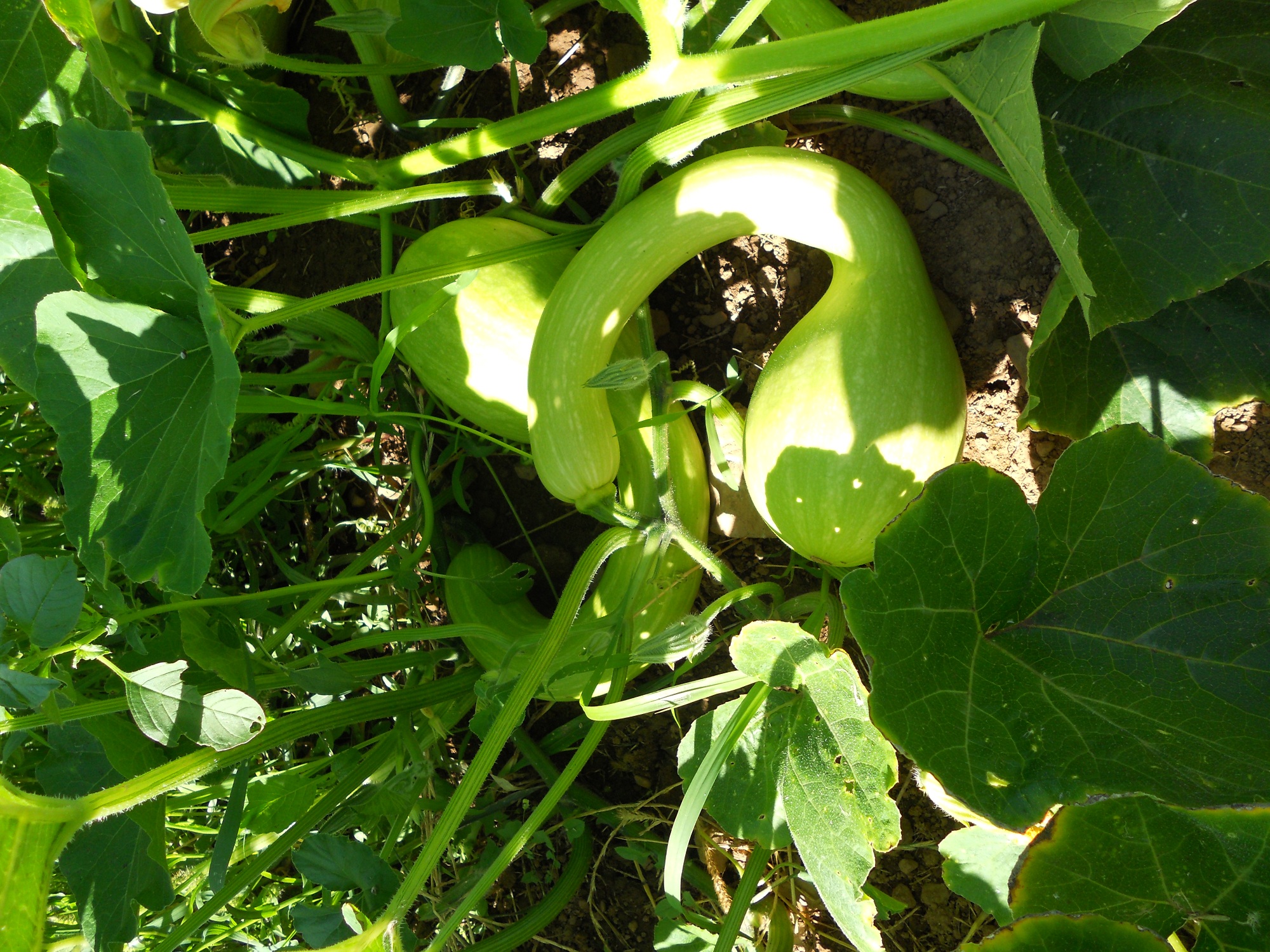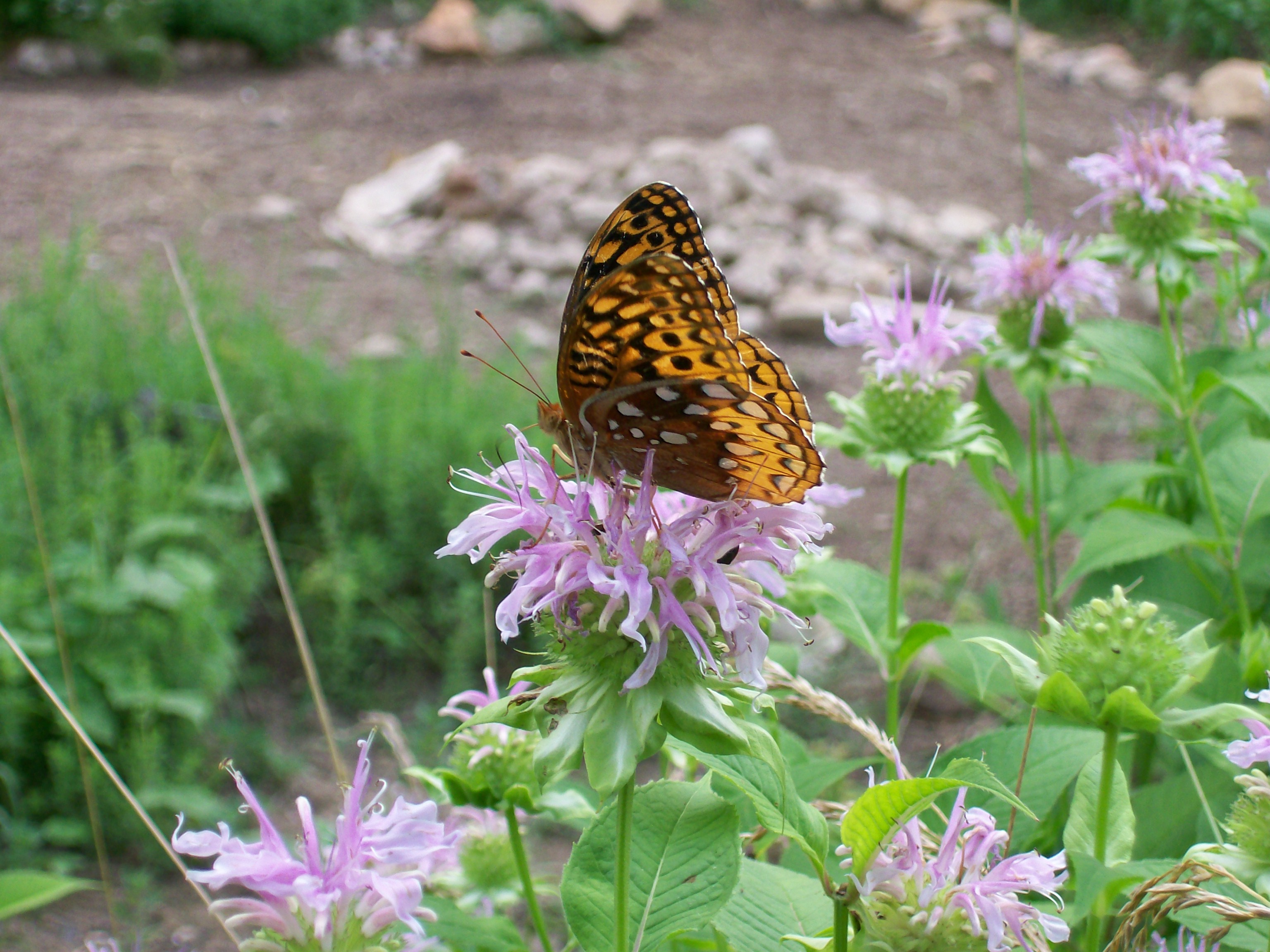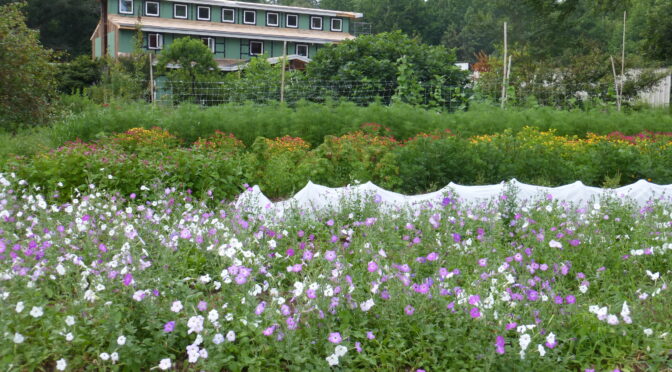We get a lot of gardening questions at Southern Exposure Seed Exchange, and we try to answer as many as possible. Unfortunately, we’re a small organization with only so much time during the day. So today, we decided to try to answer some of the common questions we get. Hopefully, you’ll find some of your questions answered:
When do I plant [insert crop here]?
Figuring out exactly when to plant your crops can be challenging, especially for new gardeners. Some crops have relatively wide planting windows, and others have narrow ones. We’re dealing with a changing climate and variable weather conditions. You also may be considering succession planting and fall crops.
While we can’t give everyone an exact answer for all their crops, we know how to get you started. First, find out what your hardiness zone is. This will give you your average last spring frost date and first fall frost date. From there, you can use our growing guides to calculate when you should plant. They include information like, “Plant four weeks before your average last first.”
Alternatively, we recommend you use our Garden Planner. It can give you personalized planting dates and help you lay out your garden.
 How do I keep groundhogs from eating my plants?
How do I keep groundhogs from eating my plants?
Groundhogs can be a major problem for vegetable gardens. They love most of the same vegetables we do and have few boundaries. Unlike deer, they also tend to dig under fencing.
You can find some fencing with spikes that go down into the earth to prevent groundhogs from digging under. Some folks also find that a single low strand of electric near the bottom of their fence will deter them.
You should also be safe to grow fragrant Mediterranean herbs like rosemary, lavender, basil, thyme, and oregano outside your fencing. Some flowers, such as daffodils, delphiniums, foxgloves, and butterfly weed, are also safe.
Lastly, you can try sprays. Some gardeners find that an egg mixture sprayed on plants will deter groundhogs and other hungry wildlife. There are organic commercial sprays available as well, like Plantskydd. Most of these sprays must be applied fairly frequently and every time it rains.
Why won’t my root vegetables germinate?
There are several reasons that seeds won’t germinate, and some root crops may have more finicky seeds than vegetables like tomatoes and green beans. However, one of the most significant issues we see is consistent moisture.
Carrots, especially, thrive when soil is kept consistently moist. One trick is to lay cardboard or boards over your rows of germinating carrots. These hold in moisture. Just be sure to check them daily after a couple of days and remove them as soon as you see the plants have sprouted.
You should also store your seeds properly and do a simple germination test for seed you saved at home or stored for multiple years.
Why won’t my root vegetable produce well?
We can’t pinpoint the issue without being there in person, but there are a few common issues with root vegetable production. One of the most straightforward issues to fix is your spacing. Ensure you are correctly thinning your root crops so they don’t compete for space, light, and nutrients.
Nutrient imbalances can also affect root crop production. Too much nitrogen can encourage crops like beets to produce a lot of beautiful foliage but little root growth. Low phosphorus levels can also decrease root production. A soil test may help you understand what is happening with your root vegetables.
Lastly, aphids and other pests can do enough damage to restrict production. Begin watching for signs of pest issues early and treat them accordingly.
How do I keep deer out of the garden?
Unfortunately, the best way to deal with deer is usually fencing. Experts generally recommend an 8-foot-tall fence to keep out white-tailed deer. However, a visual barrier, like string lines or flags above a shorter fence, can help deter deer.
Some folks also find that shorter electric fences are a good enough deterrent for deer. Smaller spaces are also less susceptible because deer don’t like to jump into enclosed spaces. For this reason, two rows of shorter fencing, with one a few feet inside the other, are usually adequate.
 How do I deal with vine borers?
How do I deal with vine borers?
Vine borers are a major pest in the southeastern United States. One way to battle the borers is to choose resistant squash. Squashes in the Pepo family tend to be very susceptible to vine borers, while squashes in the Moschata family, like Tromboncino, are not as susceptible.
Depending on where you live and how long your growing season is, you can avoid vine borers by planting your summer squash at the end of July. Adult vine borers typically lay eggs in late June or early July, so your late planting of squash won’t be mature until after vine borers are finished laying eggs.
Lastly, crop rotation can significantly impact vine borers. Once squash borers feed for 4-6 weeks, they burrow into the soil, where they spend the winter pupating. Moving your squash each season can help you avoid them.
Why do my tomatoes have blossom end rot?
Blossom end rot is a common issue in tomatoes, and we see so many folks asking for help with it on social media. Unfortunately, most of the advice we see on social media isn’t entirely reliable or helpful. We often see folks instructed to water their plants with milk or bury Epsom salts or eggshells beside them.
As blossom end rot is caused by a calcium deficiency, it’s understandable why people would believe these may help. However, a plant with a calcium deficiency rarely means that the soil has a calcium deficiency. Usually, the plant has another issue, causing it to fail to take up enough calcium.
Plants absorb calcium through their root tips. Insufficient watering or saturated soils during fruit production can both make the plant struggle to get enough calcium, as can fertilizer burn on the root tips. Overfertilizing or excessive nitrogen can also cause an explosion of growth that the plant can’t keep up with. If it doesn’t absorb calcium fast enough to meet the growing fruit’s needs, the result is blossom end rot.
 Why don’t you carry more native varieties?
Why don’t you carry more native varieties?
We love seeing the interest in native species and hope to sell more native seed in the future. Right now, a relatively small portion of our crops are native varieties, including herbs and flowers like skullcap, lemon bergamot, goldenseal, and butterfly weed.
However, growing native species for seed is much trickier than most vegetable crops. For starters, many of these native species thrive in growing conditions far different from those in our vegetable gardens. Think about species like goldenseal that grow in the forest shade.
Another feature that makes them tricky is their germination requirements. Many of these species need cold stratification or a period of moist cold before they will have good germination rates. This allows these species to survive in the wild, where, in this temperate climate, they would experience a moist cold period each winter. Other crops need a long period to germinate or have specific germination requirements we don’t fully understand.
Further, many native species are perennials. Perennial plants generally require several years of growth before they begin producing a good amount of seed. Even once you get through all that, harvesting seed from native plants differs from most cultivated plants.
If you would like more native species, Prairie Moon Nursery is a good option.
How do I tell when [insert crop here] is ripe?
Sometimes, it can be challenging to tell exactly when to harvest certain crops, especially if you’ve never grown them before. You can’t see how your potatoes look under the soil or what a melon looks like inside. So how do we know when to pick them?
It varies with each crop. Harvest information is included in all of our growing guides so you know to look for the dried tendril on a watermelon and to harvest your potatoes for storage after the plant has died back.
How often should I water my garden?
Generally speaking, most gardens require an average of 1 to 2 inches of water per week, which can come from rain or watering. Placing a few containers throughout your garden with 1 inch marked on them can help you see how much water your garden is getting while it’s raining or you’re running a sprinkler.
That said, you should always check your soil before making assumptions. In cool or very humid climates, you may need less water. You may need more in arid climates, hot periods, or with certain water-hungry crops.
When checking your soil, dig down a couple of inches. The soil may be dry on top and very wet below. You can grab a handful of soil (not just from the surface) and do a quick check. Squeeze the handful of soil and then open your hand. If the soil falls apart, it’s probably still too dry. If it mostly clumps together, you have enough moisture. If water dripped from your hand while you squeezed, you probably overwatered.
You can also invest in a moisture meter if you would like a quick and clean way to check on your soil conditions.
Hopefully, this post provided some helpful answers. We love hearing from all of our growers and encourage you to continue commenting on your garden questions on Facebook and Instagram. We look forward to helping with your garden concerns and will answer as many as we can!

